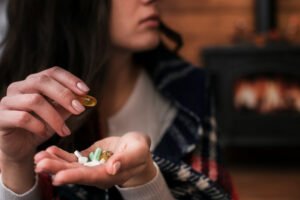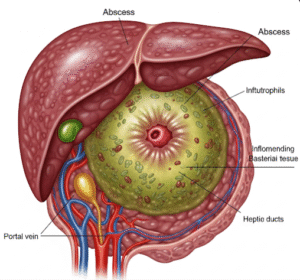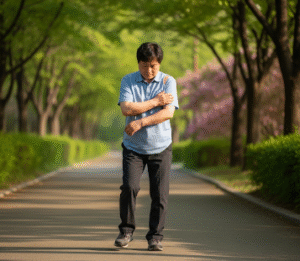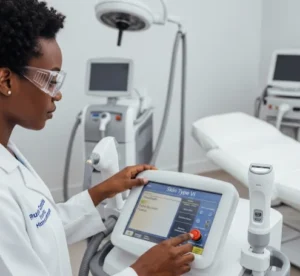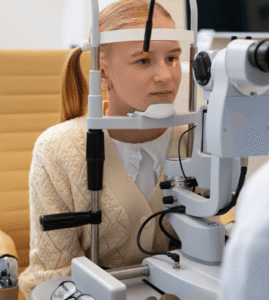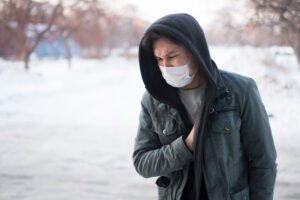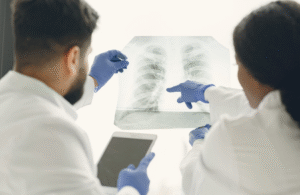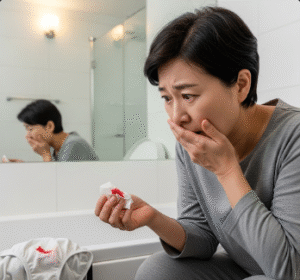Skin Rejuvenation in Korea is a comprehensive approach to restoring youthful, radiant, and healthy skin through advanced dermatological treatments, K-beauty skincare regimens, and preventive lifestyle care. Rejuvenation treatments target fine lines, wrinkles, pigmentation, enlarged pores, sagging, and dullness, helping patients achieve smoother, firmer, and brighter skin.
Korea has become a global hub for skin rejuvenation thanks to its cutting-edge laser systems, non-invasive tightening devices, innovative facials, and holistic skincare philosophy. Whether patients seek subtle glow enhancement or more intensive anti-aging treatments, Korean clinics offer personalized programs that blend science with aesthetics.
What It Is
Skin rejuvenation refers to a range of non-surgical treatments designed to improve skin’s appearance, texture, and vitality.
In Korea, common rejuvenation methods include:
- Laser resurfacing (CO₂, Er:YAG, Fraxel, Pico lasers) → Improve texture, scars, and pigmentation.
- Vascular and pigmentation lasers (Vbeam, Nd:YAG, IPL/BBL) → Reduce redness, sunspots, and uneven tone.
- Radiofrequency (RF) treatments (Thermage, Intracel, Secret RF) → Tighten skin and stimulate collagen.
- Ultrasound lifting (Ulthera, Shurink HIFU) → Non-invasive lifting and firming.
- Hydration facials (Aqua Peel, HydraFacial, oxygen facials) → Restore glow and moisture.
- Injectable skin boosters (Rejuran Healer, Profhilo, skin Botox, PRP) → Regenerate and hydrate skin at a cellular level.
Why It’s Done
Patients pursue skin rejuvenation in Korea for:
- Anti-aging goals → Reduce wrinkles, sagging, and loss of elasticity.
- Pigmentation management → Treat sunspots, melasma, and uneven skin tone.
- Texture refinement → Shrink pores and smooth acne scars.
- Hydration and glow → Achieve the “glass skin” effect.
- Preventive care → Koreans often start rejuvenation treatments early to slow visible aging.
- Confidence boost → Rejuvenated skin enhances self-esteem and overall appearance.
Alternatives
If intensive rejuvenation procedures are not chosen, alternatives include:
- Topical K-beauty skincare → Retinoids, niacinamide, hyaluronic acid, and peptides.
- Chemical peels → Superficial AHAs and BHAs for exfoliation and brightness.
- Microneedling (RF or traditional) → Stimulates collagen naturally.
- LED light therapy → Red and near-infrared light for regeneration.
- Lifestyle care → Sun protection, antioxidant-rich diet, and stress management.
Preparation
Preparation for skin rejuvenation treatments in Korea includes:
- Consultation → Skin analysis using imaging tools to measure pigmentation, wrinkles, and elasticity.
- Customized plan → Dermatologists tailor treatments (laser, RF, facials, injectables) to individual needs.
- Pre-care advice → Avoid sun exposure, exfoliants, and retinoids before treatment.
- Hydration → Patients are encouraged to maintain good moisture balance for faster healing.
How It’s Done
Skin rejuvenation treatments vary, but a typical Korean clinic program may include:
- Cleansing & preparation – Removal of makeup and oils.
- Core procedure – Depending on the chosen therapy:
- Laser resurfacing → Creates micro-injuries to stimulate healing.
- RF/ultrasound lifting → Delivers energy to deeper layers for tightening.
- Injectable boosters → Fine needles deliver nutrients or growth factors into skin.
- Hydrating facials → Deep cleanse, exfoliate, and infuse antioxidants.
- Soothing aftercare – Cooling masks, LED red light, or calming ampoules.
- Final step – Sunscreen application and aftercare instructions.
Most patients undergo 3–6 sessions spaced a few weeks apart, depending on their goals.
Recovery
Recovery depends on the chosen treatment:
- Non-ablative lasers / RF / ultrasound → Mild redness for a few hours, no downtime.
- Fractional CO₂ or Er:YAG → Redness, swelling, and scabs for 3–7 days.
- Skin boosters / injectables → Mild swelling or pinpoint marks for 1–2 days.
- Hydration facials → No downtime, instant glow.
Korean clinics accelerate recovery with LED therapy, soothing masks, and antioxidant serums.
Complications
Skin rejuvenation is safe in Korea, but potential side effects include:
- Temporary redness, swelling, or dryness.
- Hyperpigmentation or hypopigmentation if aftercare is neglected.
- Bruising from injectables.
- Rare scarring with aggressive resurfacing.
Korean dermatologists minimize risks by using multi-session conservative protocols, customized energy settings, and strict aftercare guidelines.
Treatment Options
Korean clinics provide tailored rejuvenation programs, such as:
- Laser rejuvenation packages → Pico, CO₂, or Fraxel sessions.
- Tightening programs → Ulthera, Shurink, or Thermage.
- Hydration + glow facials → Aqua Peel, HydraFacial, oxygen therapy.
- Anti-aging skin boosters → Rejuran Healer, Profhilo, PRP, skin Botox.
- Comprehensive rejuvenation → Combination of lasers, injectables, and facials.
Seoul’s dermatology centers, particularly in Gangnam, offer multi-session packages designed for locals and international patients seeking long-term maintenance.
Conclusion
Skin Rejuvenation in Korea is one of the most advanced and comprehensive approaches to anti-aging, texture refinement, and skin glow. With a wide range of options—from lasers and ultrasound lifting to injectables and facials—Korean dermatologists personalize treatments to ensure natural, safe, and effective results.
By blending medical expertise with the K-beauty philosophy of prevention and holistic care, Korea continues to lead the world in skin rejuvenation. For patients seeking youthful, radiant, and healthy skin, skin rejuvenation treatments in Korea provide a world-class solution.


